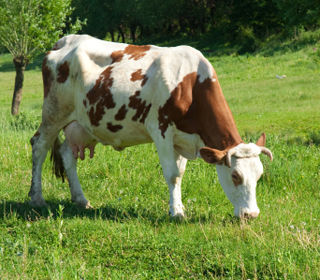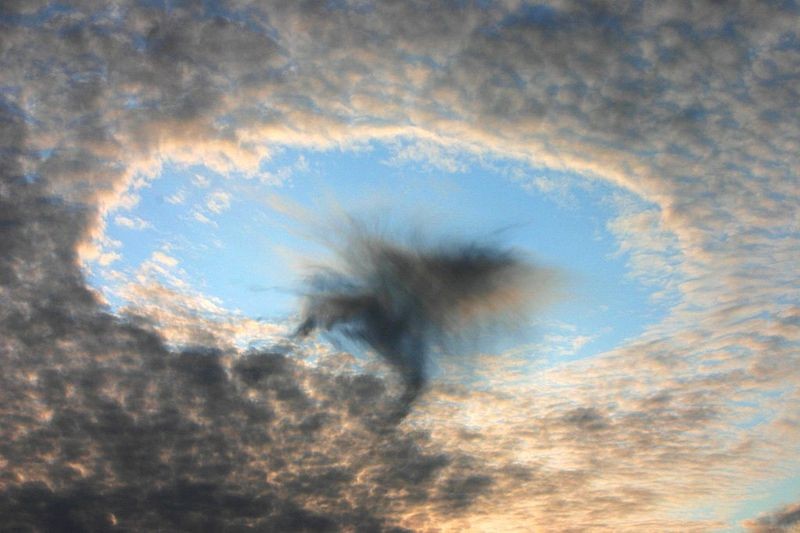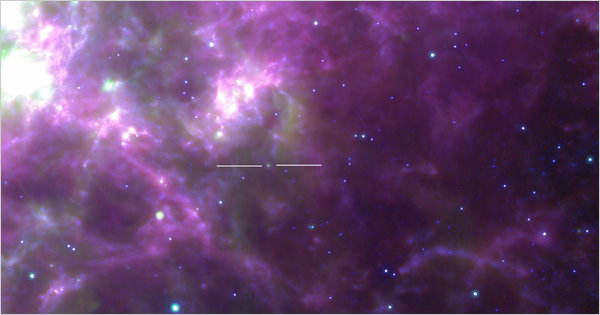
© UnknownGrass-fed cows are not only happier than confined cattle, USDA research shows they're better for the environment.
Perhaps a study conducted by the U.S. Department of Agriculture (USDA), entitled "Putting Dairy Cows Out to Pasture - An Environmental Plus," won't put an end to the controversy over whether cows raised outdoors
on grass are better for the environment than cows raised on grain in confinement. But the USDA's findings on the matter are all the more remarkable considering that it's only in recent years that the agency has acknowledged there's a type of agriculture besides industrial agriculture, and it's called sustainable.
The Details Unknown to most of the general public, there have, in fact, been Ag Dept scientists toiling away at experiments that confirm the value of sustainable agriculture, producing reports like "Pecan Growers Boost Revenue by Growing Organically," and "Organic Cover Crops: More Seeds Means Fewer Weeds."
Still, the research conducted about dairy cows may be the USDA's most controversial yet. In fact, both sides continue to argue about which method of raising cattle is better for the environment.
C. Alan Rotz, PhD, an agricultural engineer for the USDA's Agricultural Research Service at University Park, Pennsylvania, and an adjunct professor at Penn State, was the lead researcher for the dairy cows study. And he says he is "tired of all the criticism" about cows raised on pasture. "There's a place for grass-fed cows. There's nothing wrong with grass-based systems, and from an environmental point of view there are a lot of benefits," he says.
According to the USDA's
Agricultural Research magazine for May/June 2011, Rotz's peer-reviewed study, first published in a research journal in 2009, concludes that "a dairy cow living year-round in the great outdoors may leave a markedly smaller ecological hoofprint than her more sheltered sisters."




Comment: This question the article asks: "Is the universe still spinning?"
Is somewhat ironic considering one interpretation of the word "universe" means: "everything rotated as one."
In any case, when reading these articles one should keep in mind that The "Big Bang" is just Religion disguised as Science. Although the finding itself may still be noteworthy even if it is garbed in Big Bang newspeak.